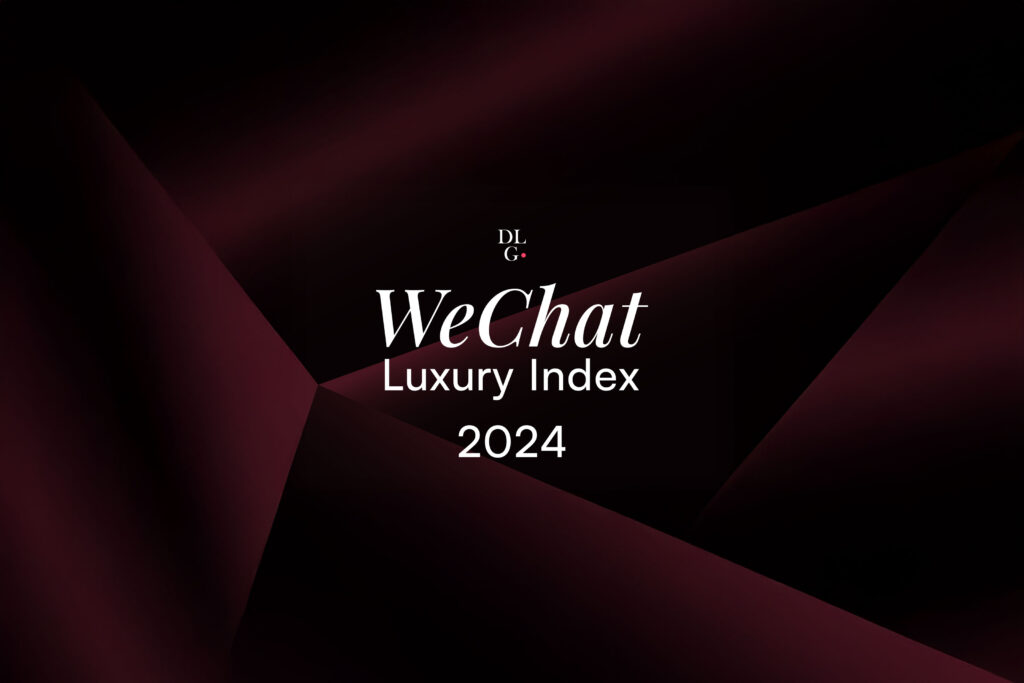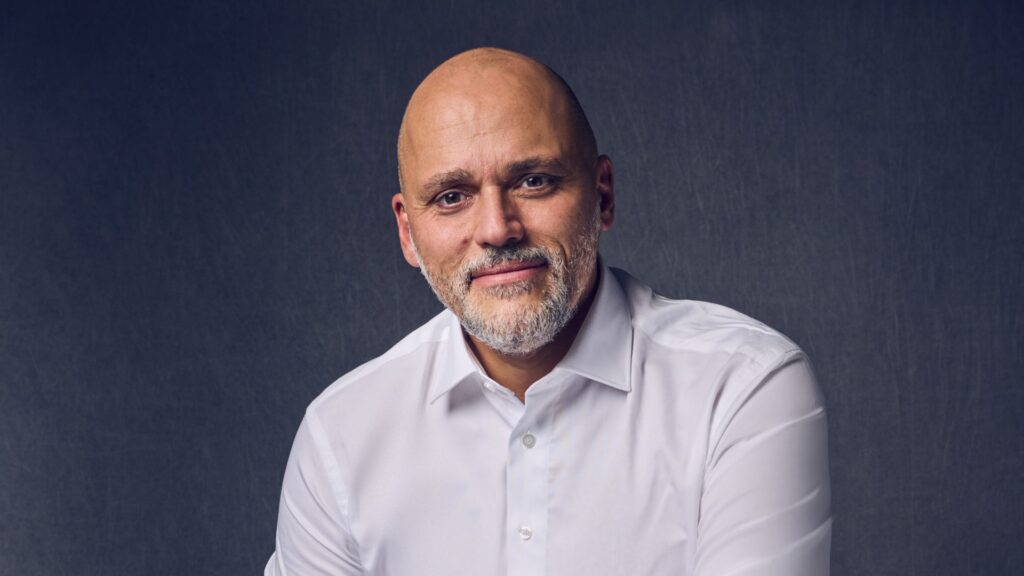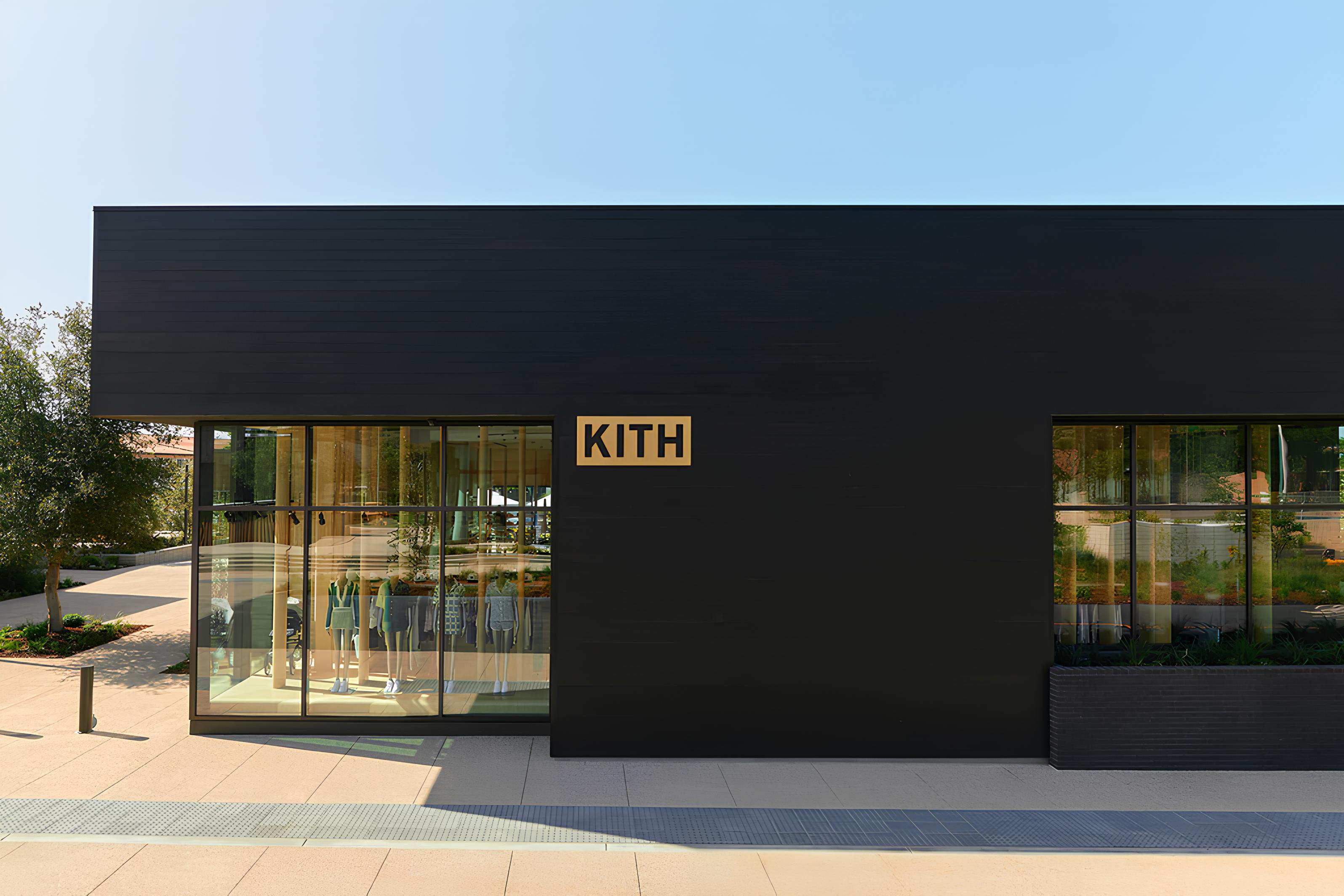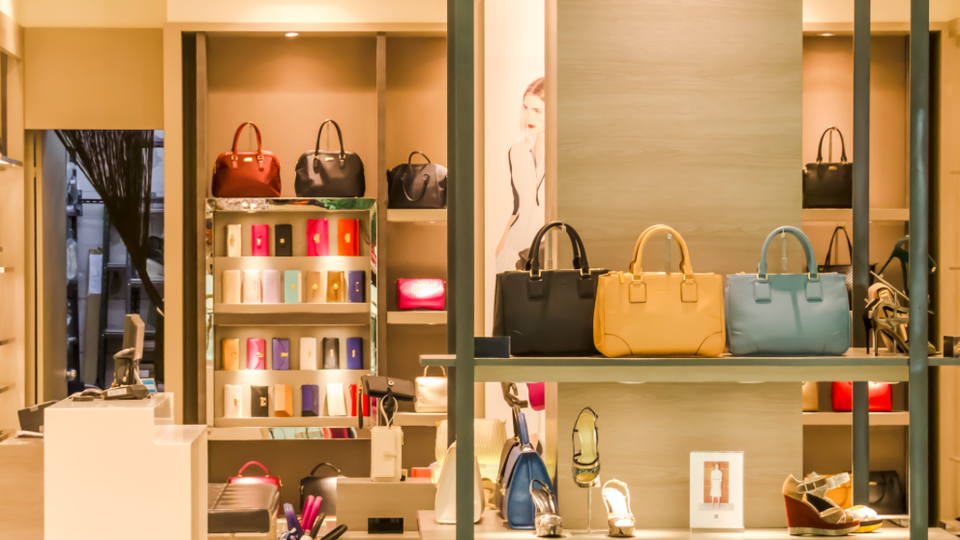The recent moves by Richemont to strengthen its e-commerce and fashion offering, all point to a shift in strategy for the luxury group, but will these changes be enough to help Richemont better compete with its luxury peers LVMH and Kering?

Change is afoot at Richemont. In the past year, the Swiss luxury conglomerate has announced a number of moves including a joint-venture with Alibaba to invest in Farfetch, the creation of a new fashion label with fashion designer Alber Elbaz, the appointment of two new creative directors at Chloé and Alaïa, as well its luxury stationary brand Montblanc.
The developments indicate that Richemont is in the midst of transforming its positioning, strategy and leadership, at a time when the wider industry is facing a rise of consolidation as well as witnessing an acceleration of demand for digital capabilities as the effects of the global COVID-19 pandemic continue to affect global economies and markets.
In the latest market update by Bain & Company and Altagamma, the core personal luxury goods market contracted for the first time since 2009, falling by 23 percent to €217 billion – the largest fall recorded since its records began. And the overall luxury market – which includes luxury goods and experiences – shrunk at a similar pace and is now estimated to be worth around €1 trillion.
Online sales accounted for €49 billion in 2020, up from €33 billion in 2019. And the share of purchases made online nearly doubled from 12 percent in 2019 to 23 percent in 2020, and in the next few years, online is expected to become the leading channel for luxury purchases.
So, when Richemont announced in November that it was investing $300 million in Farfetch, as well as an additional $250 million into a new joint venture Farfetch China, as part of a deal with Alibaba and Farfetch, it was a sign that it was making more of an effort to reposition itself to remain more competitive and welcome news for a luxury group that has consistently lagged behind its peers.

Credit: Photo: Courtesy of Richemont
The announcement was shortly followed by a number of creative changes including the appointments of Gabriela Hearst as creative director of Chloé, Pieter Mulier as creative director at Alaïa and Marco Tomasetta as Creative Director at Montblanc, suggesting a reassessment on the luxury group’s part of its soft luxury brands under the watchful eye of its new chief executive of its Fashion & Accessories Maisons, Philippe Fortunato – the former CEO of Givenchy – who commenced his role in September.
But can Richemont’s repositioning towards digital and fashion help it better compete against its peers LVMH and Kering or should it stick to what it knows best?
“They are very strategic in how they grow businesses,” said Robert Burke, CEO of Robert Burke Associates, chairman and chief executive of the consultancy Robert Burke Associates. “If we look at their watch and jewellery divisions, they have been strong and steady, particularly with Cartier. But maybe, with LVMH’s acquisition of Tiffany- it made them reassess their fashion sector.”
“They have treated the fashion division with more of a hard goods mindset, which is completely different. And I think that that was one of the weaknesses,” he added. “But now with Alber Elbaz and Gabriela Hearst, hopefully that will show a new era.”
In its latest results, the Richemont reported it saw strong growth from its jewellery brands in Asia and the Middle East, helping to offset the weakness in its European markets. It recorded a 5 percent rise, on a constant currency basis, in revenues of $4.7 billion for its third quarter. Its Jewellery Maisons posted particularly strong growth of 14 percent, largely helped by sales of jewellery and watches at its Cartier and Van Cleef & Arpels brands.
But while the company benefits from its strengths in hard luxury, its fashion division significantly lags behind those of its peers at Kering and LVMH, in size and profits. And with LVMH’s acquisition of Tiffany, it may find itself having compete a little harder than it may be used to, particularly when its Fashion & Accessories division posted a 13 percent fall in sales in the third quarter.
“I don’t think that soft luxury can move the needle for Richemont,” said Erwan Rambourg, managing director and co-head of Global Consumer & Retail Equity Research at HSBC. “First of all, you don’t have the scale. Secondly, you have a track record which has not been phenomenally successful. And at the same time, if you look at the most recent quarters from Richemont, there’s a huge outperformance of what they call the Jewellery Maisons.”
“So, if you look at the amounts, if you look at the scale, even if they’re incredibly successful in some of their new ventures and soft luxury, you won’t see it, at the level of overall group accounts. The real motor of growth is going to continue to be jewellery, and notably Cartier and Van Cleef & Arpels,” he added.
It’s a view shared by Mario Ortelli, managing partner of Ortelli&Co., a strategy and M&A advisory company specialised in the luxury goods industry. “If I look at Richemont as a group, here is a company that has excelled at managing luxury brands – namely in jewellery – and is well positioned in the digital space – with Yoox Net-a-Porter and now Farfetch – but so far has not yet found the formula to manage soft luxury.”
“In fashion, they have to work a lot harder because so far, they have made very little investment in this division,” he added. “And in digital, let’s see how it works in Asia with Alibaba and Farfetch as it will mean even closer ties of their digital business with these two players.”
Indeed, while its efforts in soft luxury may only represent a drop in the bucket in terms of sales for Richemont, its investment in digital may open up wider opportunities for the group.
Some believe that its investment in Farfetch offers a glimpse into where the luxury group is headed, particularly in the digital space. Richemont was an early investor in Net a Porter, and its chairman Johann Rupert has been clear on his wishes that the luxury sector could collaborate on shared e-commerce platform open to all players.
“Because we see more opportunity for investment and consolidation for these big groups – and I do think their investment in Farfetch is very telling for what will happen to them in the future and the importance of Asia and China – so I would imagine that they would be looking for new opportunities,” said Robert Burke.
But what does the future hold for Richemont, at a time when many players are consolidating in times of crises? Particularly when many in the market are speculating that its shared investment in Farfetch with its long-time peer Kering could turn into something more concrete, despite Rupert’s insistence that the group is not for sale.
Indeed, at the time of writing, a report of an informal offer from Kering to Richemont from Miss Tweed, a Paris-based publication focused on fashion and luxury founded by former Reuters correspondent Astrid Wendlandt, send its shares higher on the news. But Rupert declined the offer.
“Richemont is the last remaining piece of the puzzle that could change the landscape of M&A and the landscape of luxury in the future,” said Ortelli. “If you look at the company, it is not clear what its objective is long-term. Johann Rupert is still the head of the company, and the succession plan is not clear,” added Ortelli. “If and when he decides to retire, will there be a merger of the company or a sale, are they going to remain shareholders?”
Possibility of a merger aside, Rambourg believes there are more pressing issues within Richemont’s management and governance that need to be addressed. “I understand people are looking at Kering and Richemont together, because obviously one is a leader on soft luxury. The other is a leader on hard luxury, so theoretically, a good combination, but you would have to answer two questions; what happens to voting rights for Johann Rupert? And what happens to governance and management?”
“The chief executive of Cartier, the chief executive of Van Cleef and the chief financial officer of the group do not report to the CEO Jerome Lambert, but report directly to Johann Rupert,” said Rambourg. “So, this is, without talking about M&A, or merging or doing anything, just that is intrinsically already an issue that the group should solve before they think about anything else.”
Cover Image: A model walks in Chloé’s Autumn/Winter 2021 show. Photo: Courtesy of Chloé.










